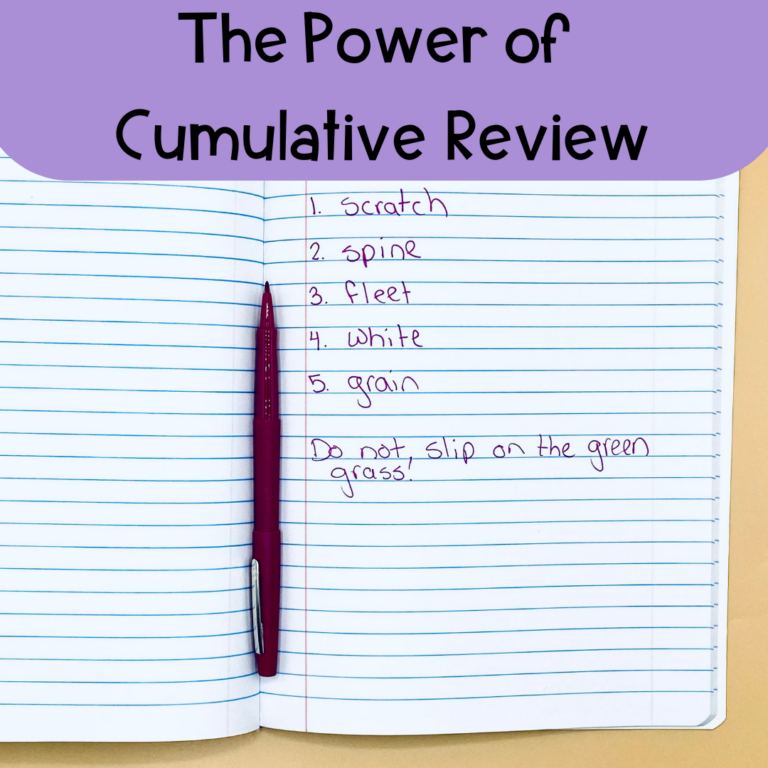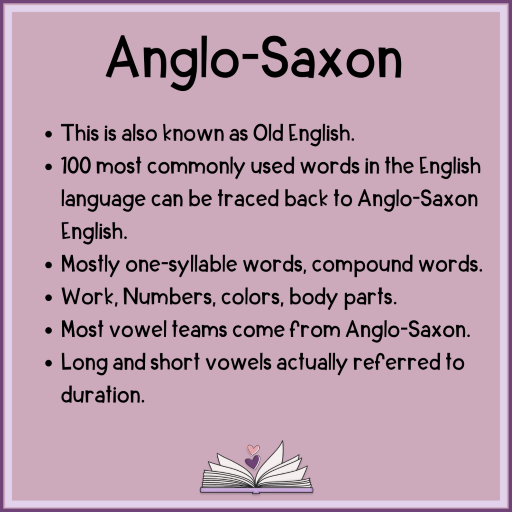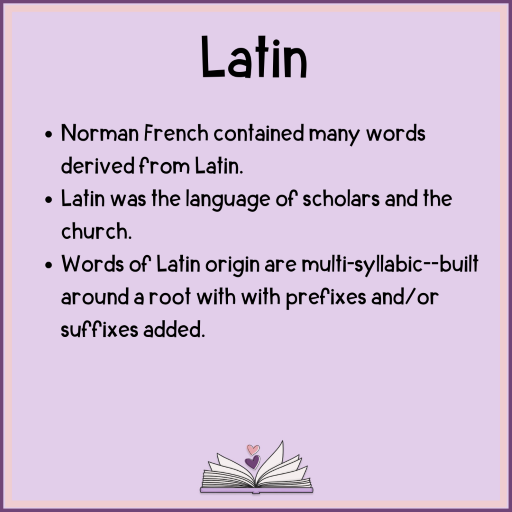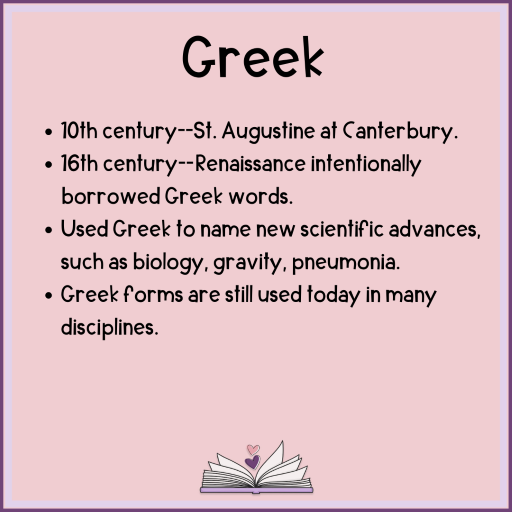
Share This:
I have to be honest: I am a full-on history nerd. As an undergrad, I was a religious studies and history major. I always knew I would end up a teacher, but I was 19 and loved learning about history. Perhaps not my smartest move, but it was definitely an interesting time as a student. Several years ago, my husband and I went to Europe for the first time in our lives. My two requests? I wanted to see where Anne Boleyn was beheaded and where Sophie Scholl was buried, my two favorite women in history.
Today, I think it is past time for a history lesson.
In general, I love learning from history because it gives us a better understanding of where we were and how we’ve grown (or not) as a society. I also love hearing about women who defied the expectations and norms for their time (like Anne and Sophie!). By understanding the history of English, we are able to explain seemingly odd spellings and pronunciations. The history of English illuminates the cultures that have had a hand in creating the language we know today. Let’s examine them.
There are 4 distinct layers of English: Anglo-Saxon, French, Latin, and Greek. All 4 layers have resulted in unique spellings in the English language. As teachers, we should explicitly teach the prefixes, suffixes and roots associated with Anglo-Saxon, Latin, and Greek. French does not give us affixes we need to teach, but we do have some unique spellings that persist from that time. Let’s explore each layer and examine the components that endure to this day.

Anglo-Saxon is what we would refer to as Old English. This is when “English” as a language began, and would be largely unrecognizable to a modern speaker. Beowulf is a text from this time period. The 100 most commonly used words in the English language can all be traced back to Anglo-Saxon. This is because they have been used so commonly that although the pronunciation has changed, the spelling has not. I like to tell my children that some words are so old they don’t have to follow the rules!
Anglo-Saxon words can be identified in a variety of ways. They tend to be one-syllable words, and many words have to do with things like colors, numbers, work, and body parts. Almost all vowel teams can be traced back to Anglo-Saxon. In modern English, the terms long and short vowel have nothing to do with the duration of the sound. In Anglo-Saxon English, however, they actually did indicate the duration of the vowel sound!
Anglo-Saxon is the easiest of all the morphology to teach. Anglo-Saxon prefixes and suffixes are mostly added to base words that can stand on their own: think thank + ful = thankful. It’s not difficult to understand the meanings of Anglo-Saxon, and therefore it should be taught before Latin and Greek.
Morphology doesn’t start in the upper elementary grades. When we teach students that adding -s to a word makes it plural, that is an Anglo-Saxon suffix. When we teach that -ed makes a word past tense, that is also Anglo-Saxon. Introducing meaningful parts can and should happen in the primary grades.

Remember world history class when we learned about William the Conqueror? His conquest of the Anglo-Saxons in 1066 marked the entrance of French into the English language. French became the language of law, government, and religion: essentially, the language of power. Anglo-Saxon was reserved for the lower classes. French is where it gets kind of murky, though. So much of French is also derived from Latin. So when we talk about French entering our language, it was also Latin entering our language.
Some unique spellings persist from French. When ch represents the /sh/ sound, that is French (think Charlemagne, Charlotte, Chicago, machine). The que representing /k/ is also a French spelling (unique, antique, boutique). Another French spelling that has persisted is the ou representing the /ew/ sound (youth, soup). Additionally, those closed syllable exceptions that stress us out also come from French: waste, taste, haste. They have no business making a long vowel sound, until you realize that this is simply a holdover from this time.

About 55% of English words are derived from Latin. Remember learning in high school how English was a romance language, and we were all confused as to what it had to do with romance? Turns out, English isn’t even a romance language, but a Germanic language. That being said, we owe a lot of our language to Latin (over half, actually).
The key to understanding Latin is understanding multisyllabic words. This is why morphology is so important. If we do not teach children Latin prefixes, suffixes, and roots, we are denying them access to a great deal of our language. We cannot just leave to chance that they will learn them. Once we teach Latin prefixes, suffixes, and roots, students will be able to use word parts to understand unknown words. (Think, if you know that dict means to speak, then dictation, dictator, contradict, valedictorian, etc all become more accessible.)
Latin words are built around a root word and prefixes, suffixes, or both. A root word differs from a base word in that it is often a bound morpheme—meaning it cannot stand on its own. Where Anglo-Saxon words would have a base word like thank, Latin roots are words like plic, dict, and ped. A lot more instruction and practice must take place with Latin than with Anglo-Saxon.

Greek is the most difficult of the layers and often deals with content-specific vocabulary. Greek’s introduction into English can actually be traced back to St. Augustine at Canterbury in the 10th century. He intentionally introduced Greek forms into his work. Then, in the 16th century, we had the Renaissance. During the Renaissance, people needed terms for all the new discoveries, advances, and understandings that were being put forth. Greek forms were used to create words like pneumonia and gravity.
Even today, we often use Greek forms when creating new words in certain disciplines like science, mathematics, and philosophy. We tend to talk about Greek combining forms instead of Greek prefixes, suffixes, and affixes. This is because they are often not clearly defined as only occurring in one position.
Without a doubt, my go-to book for all things morphology is Everything You Want to Know and Exactly Where to Find It by the late William Van Cleave. It gives succinct information about everything you could want to learn about English. I love that you don’t have to sit there are read it through—the Table of Contents goes into enough detail that you can look up literally anything you need to teach. It gives essential understandings of concepts, but also gives detailed word lists for all of those concepts. It’s a pricy text, but it is one I’m not sure I could function without.
If you want something that is more scripted, I recommend Morpheme Magic by Deb Glaser. It gives you explicit, scripted lessons for morphology. It’s part of a larger bundle of hers you can get that includes wall cards for the morphemes as well. This would be my recommendation if you simply don’t know where to start.
Final Thoughts
Wow. This is my longest blog post in a while. I told yall I was a history nerd. So why even write this post? Does it actually matter? In short, I think it matters more than we were led to believe. When we arm ourselves with the layers of English, we are essentially giving ourselves a cheat sheet into all things English. And when we are better armed with knowledge, our students reap the benefits.
Share This:

Savannah Campbell is a K-5 reading specialist. She has taught her entire 12-year teaching career at the school she went to as a child. She holds two master’s degrees in education from the College of William and Mary. Savannah is both Orton-Gillingham and LETRS trained. Her greatest hope in life is to allow all children to live the life they want by helping them to become literate individuals.

Savannah Campbell is a K-5 reading specialist. She has taught her entire 12-year teaching career at the school she went to as a child. She holds two master’s degrees in education from the College of William and Mary. Savannah is both Orton-Gillingham and LETRS trained. Her greatest hope in life is to allow all children to live the life they want by helping them to become literate individuals.
Feeling overwhelmed with all the terminology out there? Want to know the key terms all teachers need to teach phonics? In this FREE Rules of English cheat sheet, you get a 5 page pdf that takes you through the most important terms for understanding English—you’ll learn about digraphs, blends, syllable types, syllable divisions, and move. Grab today and take the stress out of your phonics prep!
